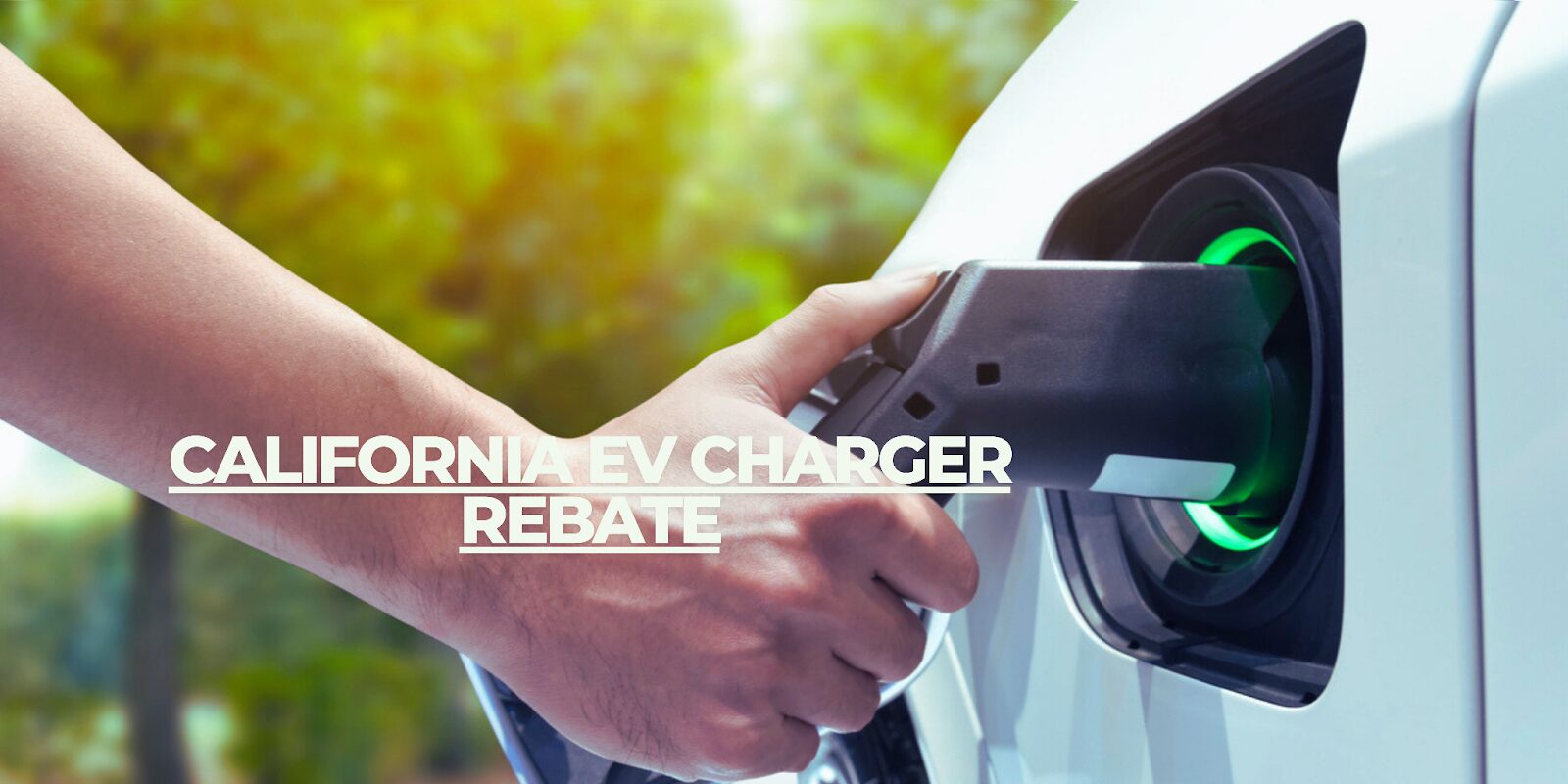Rapid development is occurring of electric vehicles (EVs). Better, more accessible, and effective charging is crucial as the sales of EVs reach an explosive rate. However, as the need for EV chargers has gone up, multifamily property owners and tenants are now demanding a convenient EV charging solution. This transformation creates the conditions for more sustainable transportation practices and helps to set a good property value curve. At this point, the California EV Charger Rebate program provides additional economic incentives to California multifamily property owners to bring their multiyear properties up to modern standards.
The Rise of EV Chargers for Multifamily Properties
With more than a few electric cars on the roads of America, we need more accessible EV chargers in the parking lots of those that house multifamily residential buildings than ever before. Prior to recently, multifamily residential complexes, including residential apartments and condominium units, have traditionally only allowed a fraction of their parking zone to be used for EV charging. Property owners can quickly come up with policy changes, as well as technological advancements that allow them to add EV charging stations to their multifamily building residents easily.
With the advent of EV transportation, chrome architects will have to adopt EV Chargers for Multifamily buildings, and they have to be informed that this is the logical future development of their building. But now, property companies that own multifamily real estate properties look into a variety of methods of installation to make electric vehicle ownership possible. Promoting sustainable transportation goes hand in hand with advancing work to improve property market value for tenants who pay attention to environmental issues, concurrently building on the operational infrastructure.
Key Considerations for EV Charger Installation in Multifamily Buildings
The installation of EV chargers in multifamily properties faces multiple barriers. The three main barriers are limited parking availability, the need for infrastructure work, and simple access standards. Real estate property owners who aim to establish EV charger systems need comprehensive knowledge of installation complications before using California EV Charger Rebates to address these challenges.
Space Limitations and Parking Management
The limited parking zones committed to tenants represent a main challenge that multifamily property managers need to resolve. The shared parking setup in EV Chargers for Multifamily installations requires tenants to change their parking allocations among residents. Strategic planning needs to create methods that ensure parking needs stay intact while allowing the implementation of EV charging stations.
Electrical System Upgrades
The existing primitive electrical infrastructure that includes properties that require comprehensive investments to strengthen their power grid infrastructure may need to have additional investments before the installation of EV charging stations. Excessive power usage from electric vehicle charging stations strains the circuits used in the existing building, thus the need to upgrade the electrical wiring and transformer, to strengthen its circuit breakers. Property owners, however, should work together with trained electricians to find out if the electrical systems on the property can handle extra load requirements. By using the available cash funds for the California EV Charger Rebate initiative, property owners may get the costs for EV charger installation lowered.
Cost Considerations and Incentive Programs
In multifamily projects, the cost to install EV chargers varies by building size as well as the total number of chargers and associated expected electrical system adaptions. Funding by the California EV Charger Rebate program would reduce the initial property owners’ expenses. This program helps building owners to offer upgrades at reasonable prices which are essential to bring environmentally conscious and economically minded residents.
Conclusion
As electric vehicle adoption grows, multifamily properties need to have an operational strategy in place well before the necessary electronic vehicle charging infrastructure is built. The required equipment and adaptable infrastructure to meet rising demand levels must be bought by properties. Another way in which organizational planning allows buildings to change and accept future EV technology developments is fast and wireless charging capabilities.



































